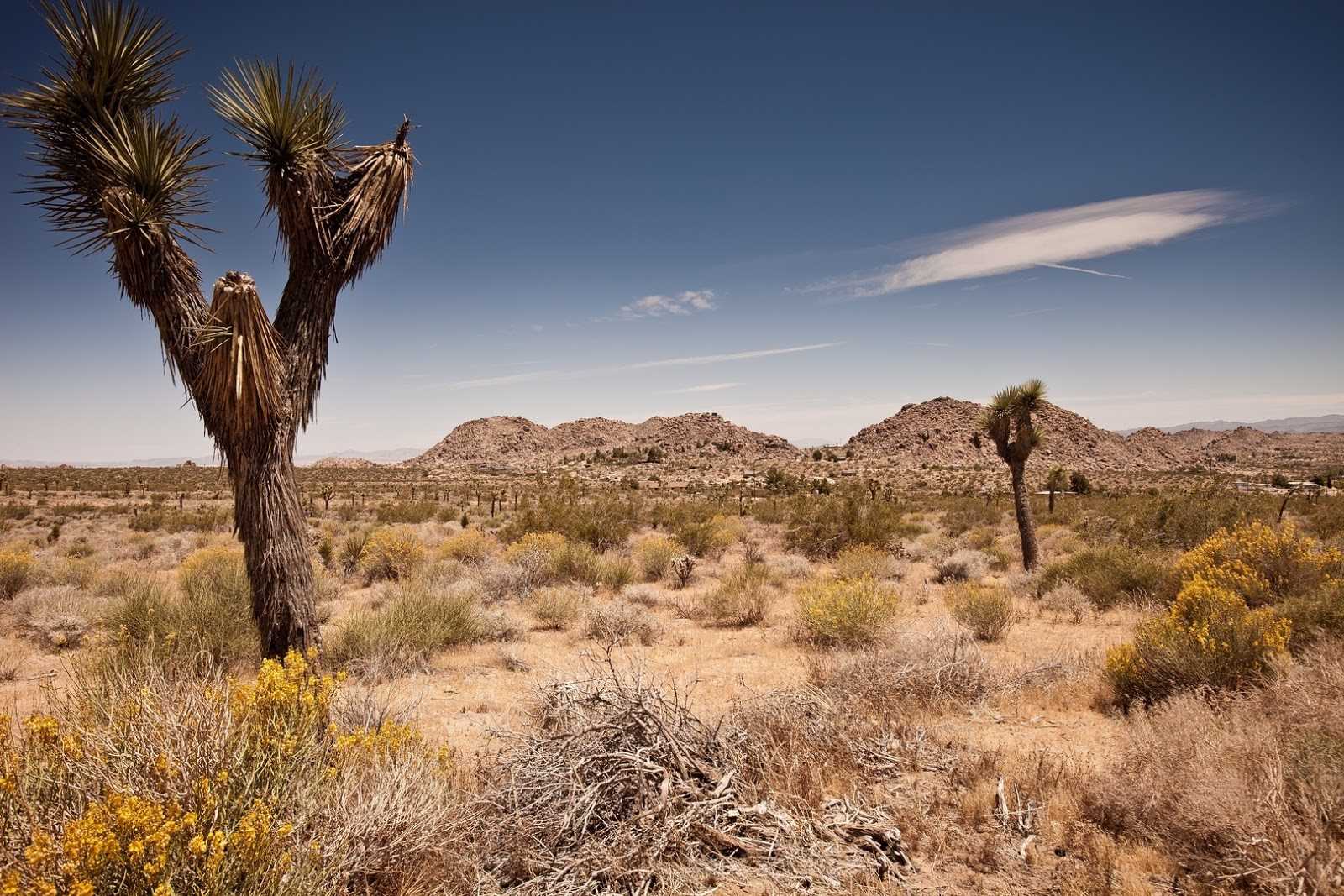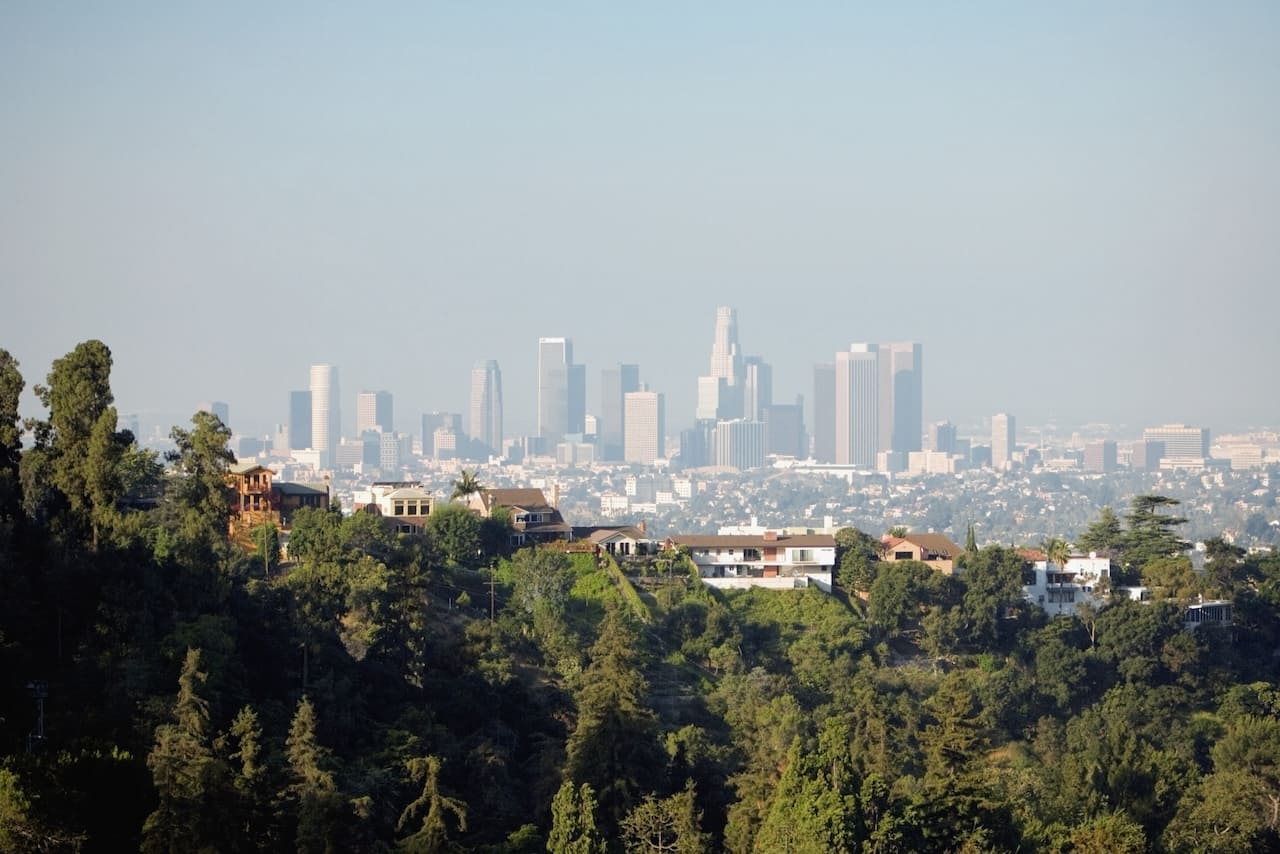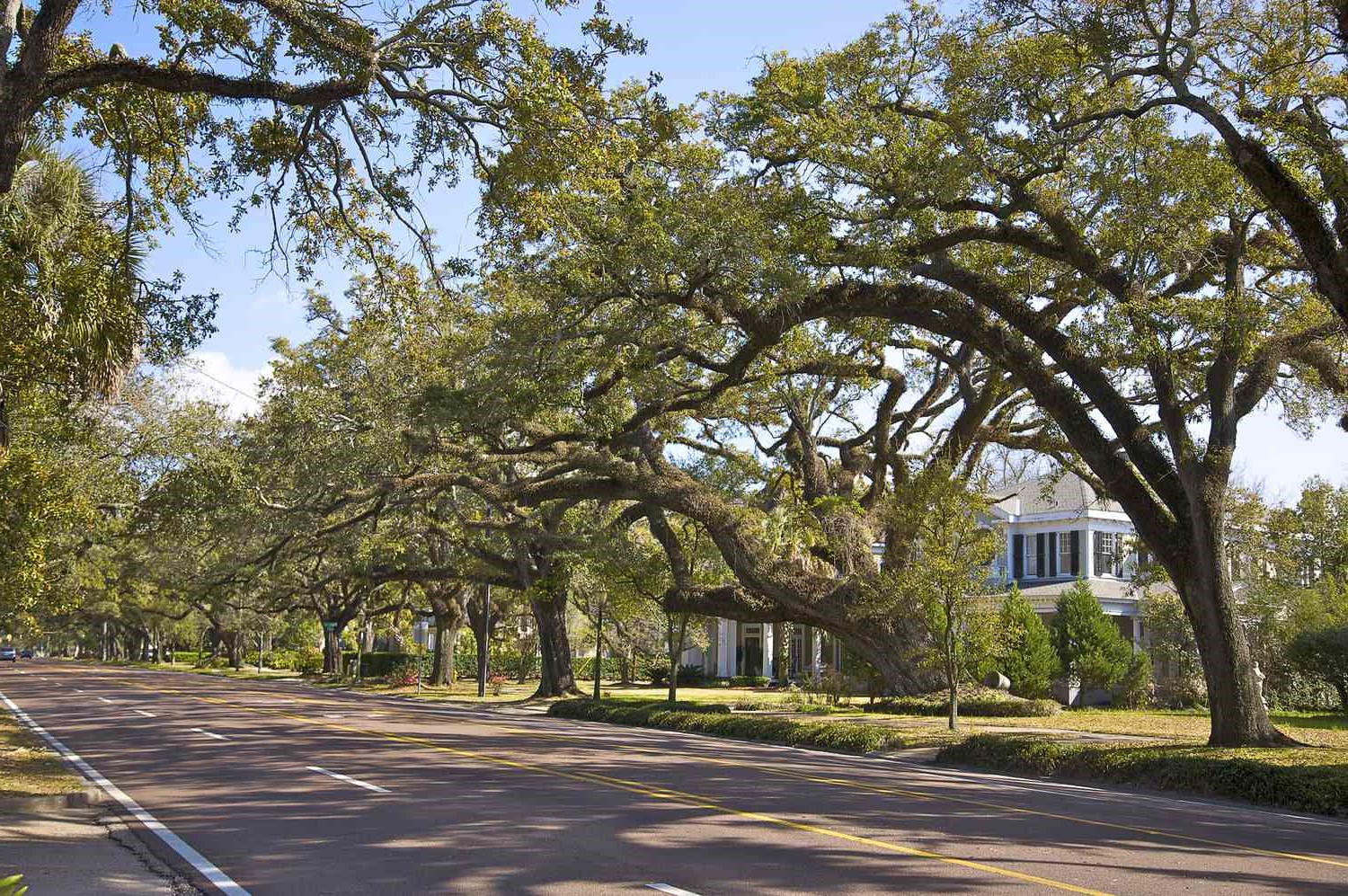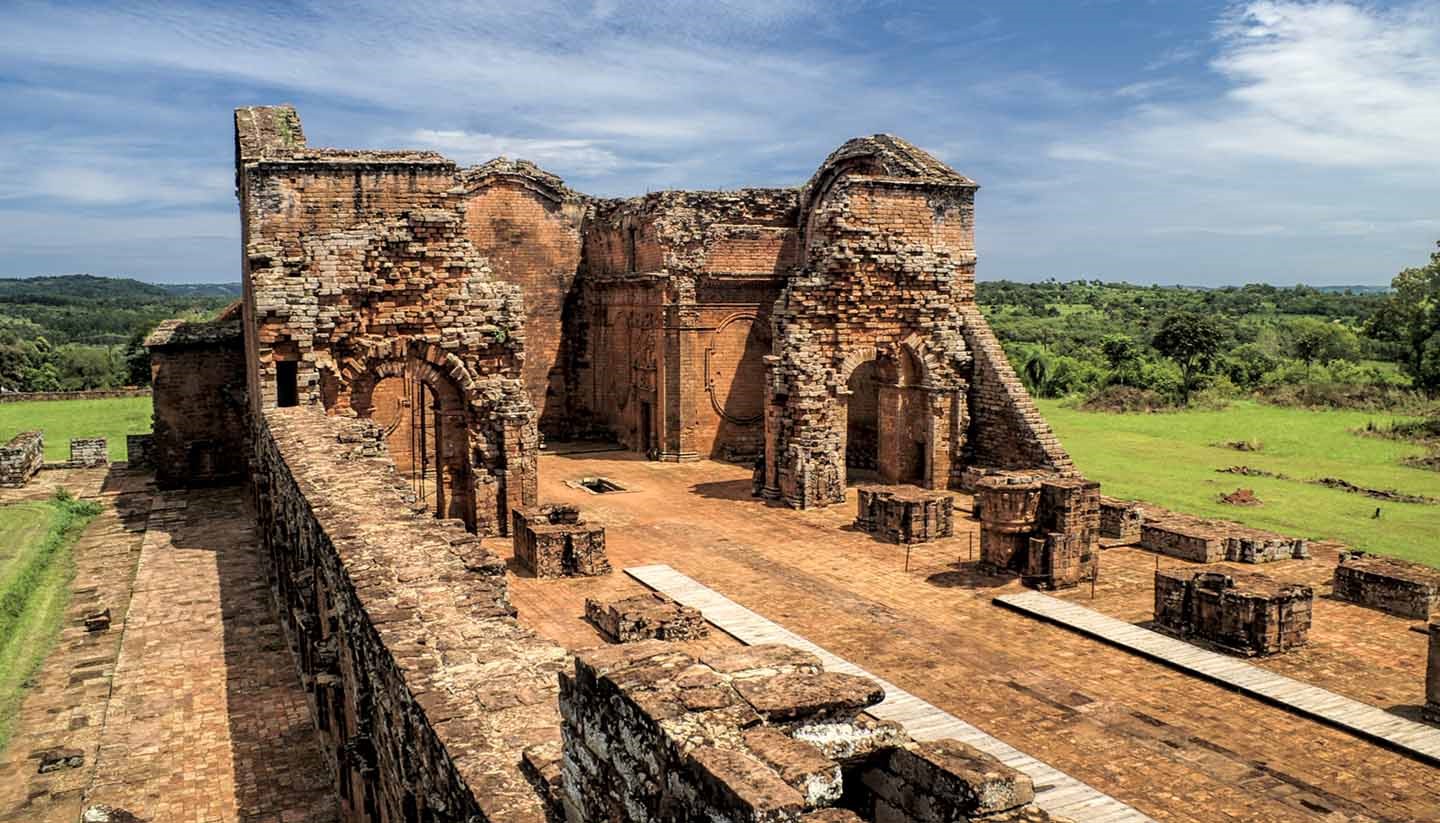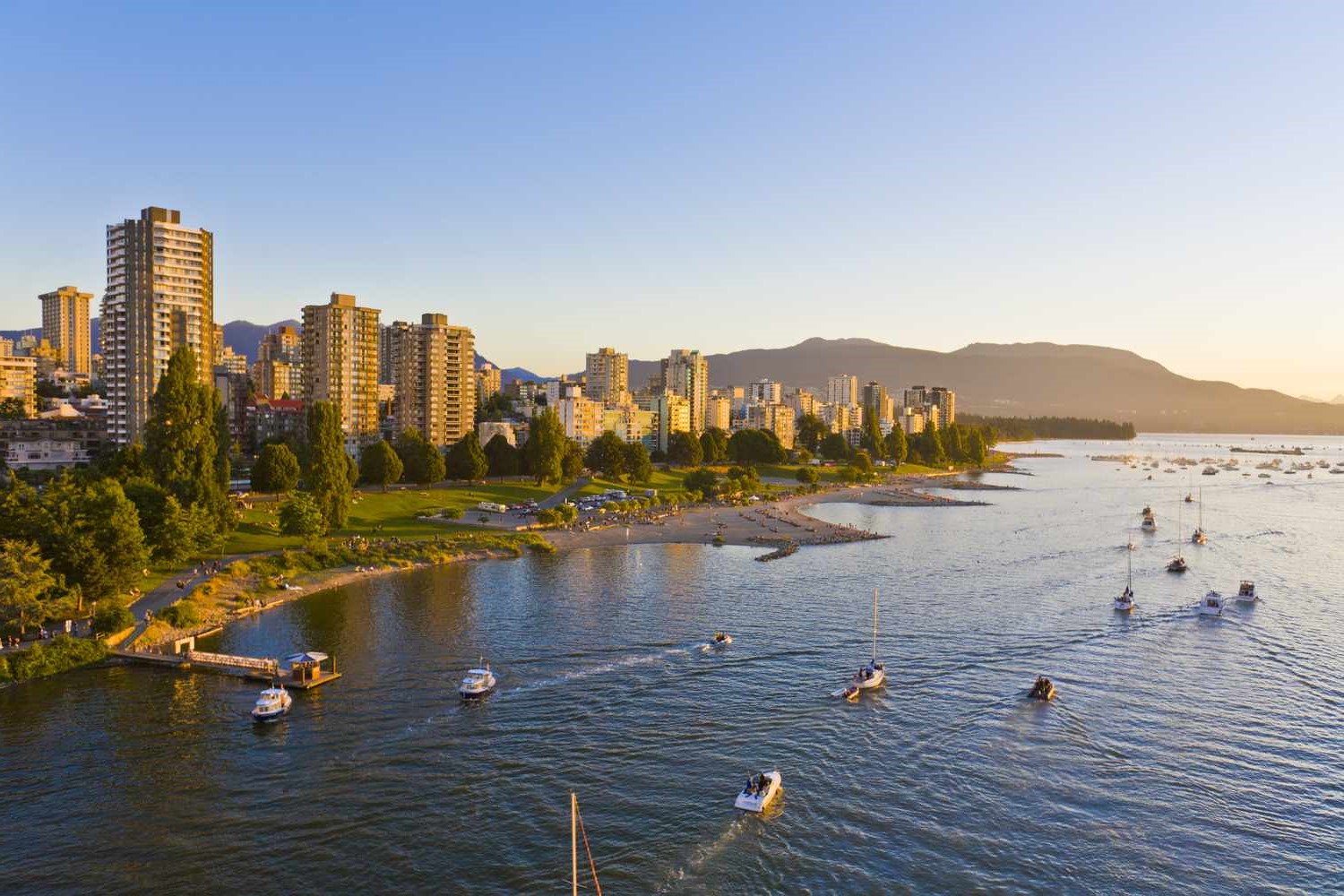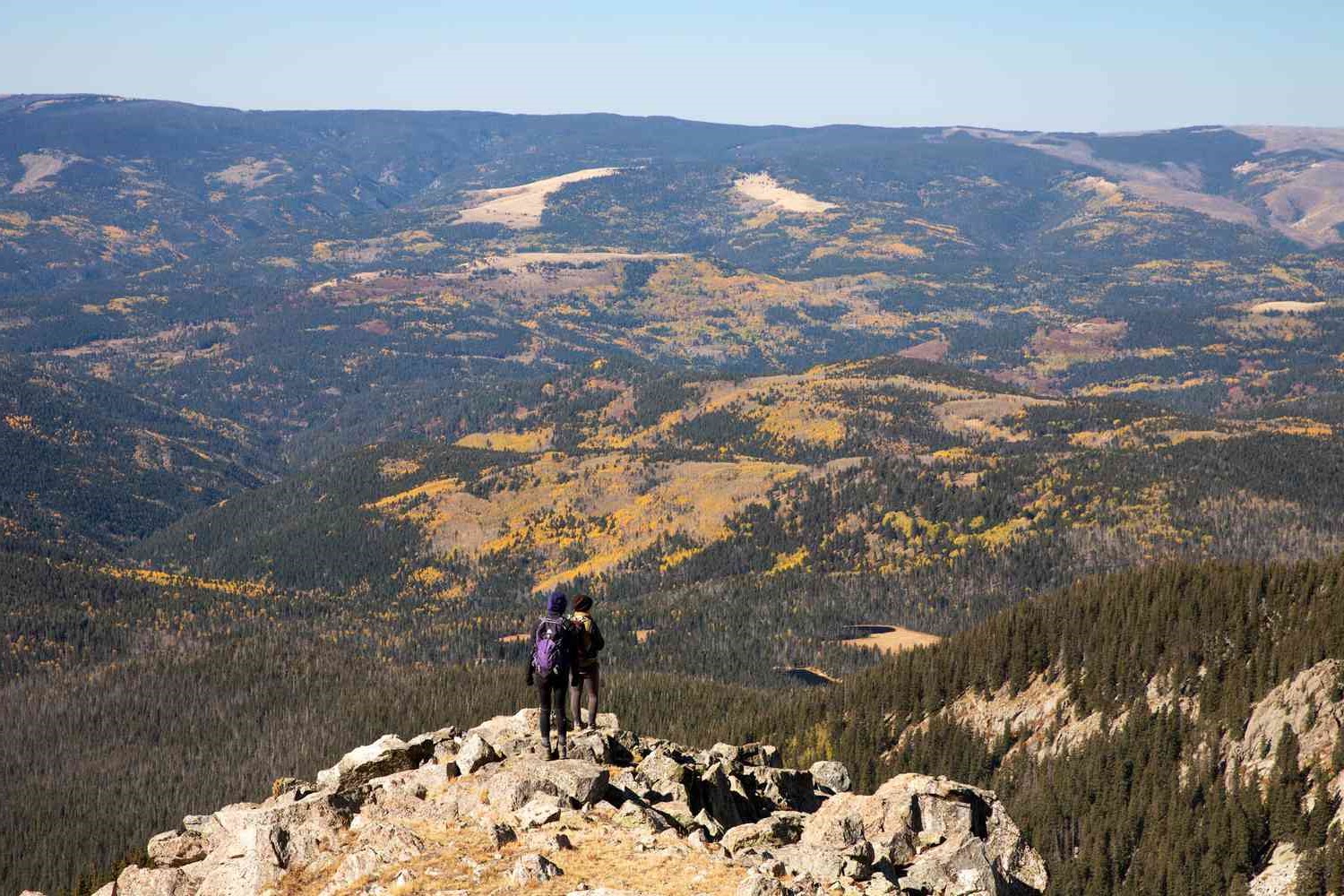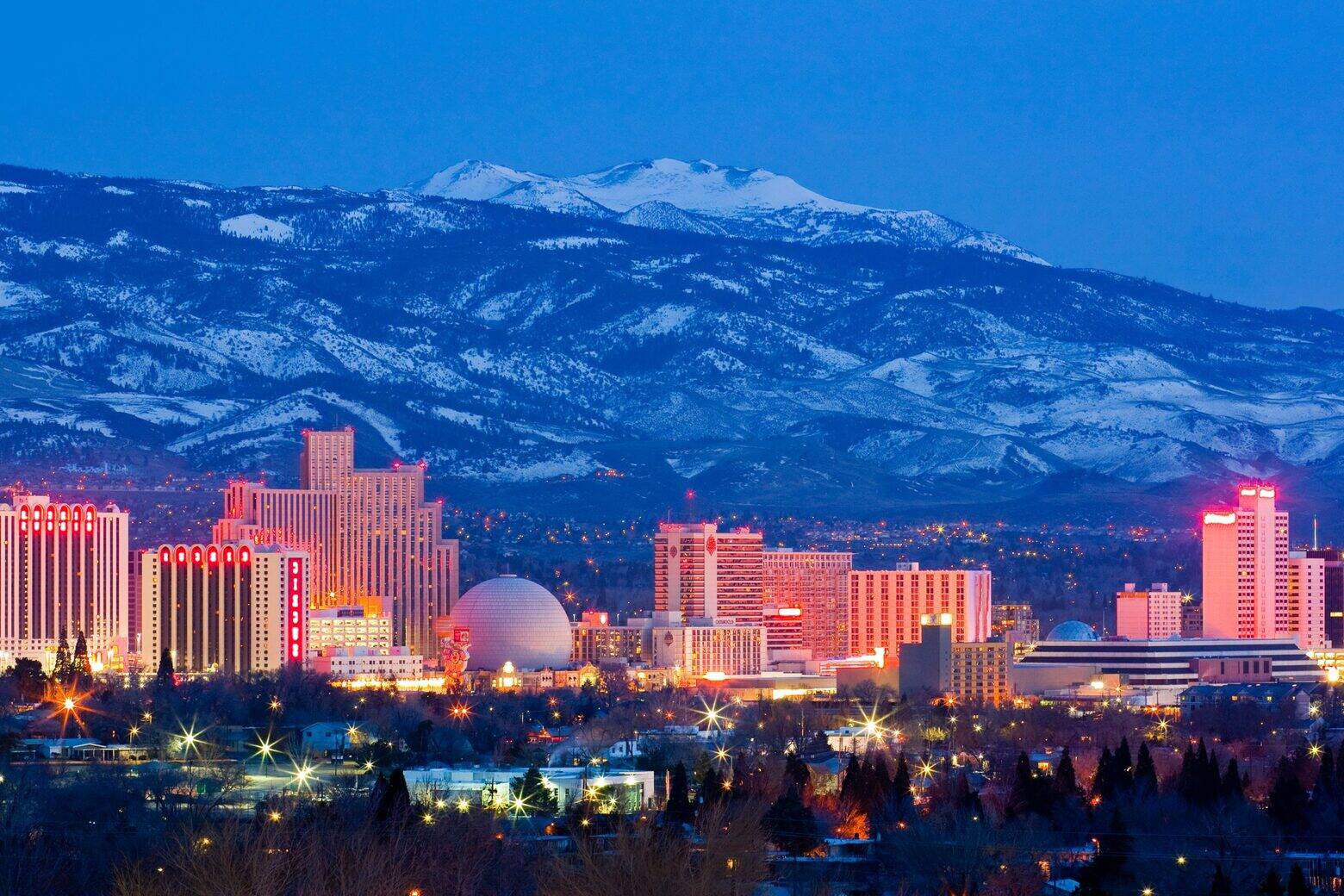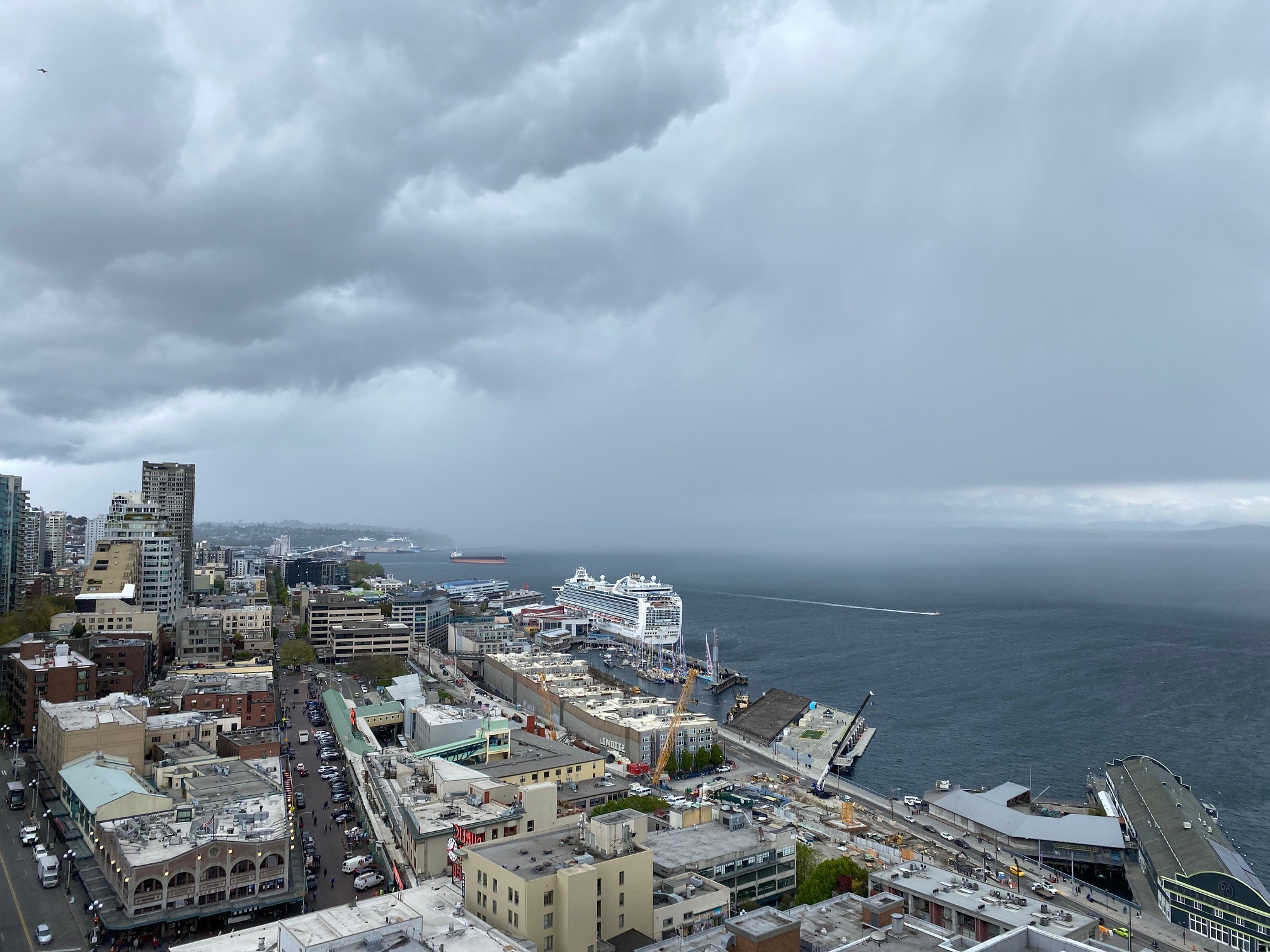Home>Weather and Climate>How Does Nicaragua’s Climate Affect Its Biodiversity?
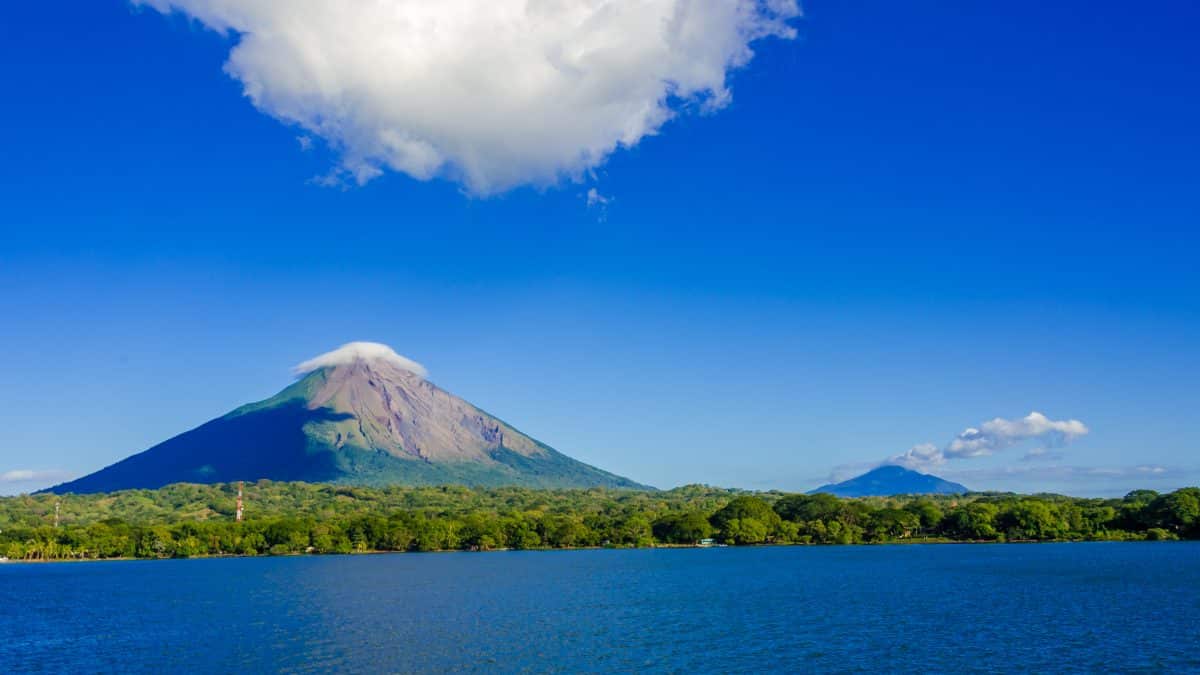

Weather and Climate
How Does Nicaragua’s Climate Affect Its Biodiversity?
Published: June 22, 2024
Discover the diverse weather and climate of Nicaragua, from tropical rainforests to coastal breezes, in this comprehensive exploration.
(Many of the links in this article redirect to a specific reviewed product. Your purchase of these products through affiliate links helps to generate commission for Temperatures.com, at no extra cost. Learn more)
Nicaragua, nestled in Central America, boasts a climate that's as diverse as its landscapes. From steamy rainforests to cool cloud forests, I've learned that this country has it all. Most of the year, you'll find me talking about how Nicaragua is split into two primary climate zones: the Pacific lowlands are hot, while the North and Central highlands are cooler.
During my deep dive into Nicaragua's weather patterns, I discovered that the rainy season stretches from May to October. This period transforms the landscape into a lush, green paradise, perfect for those who love the vibrancy of nature. Conversely, November to April marks the dry season, when beaches become the go-to destination for sun-seekers.
Temperature-wise, the Pacific lowlands often see mercury levels hitting the high 30s (Celsius), making for some seriously warm days. Up in the highlands, though, temperatures are more moderate, often hovering around the mid-20s, providing a refreshing escape from the heat.
One thing that really stands out is how the east coast, particularly around the Caribbean, experiences a more tropical climate. Here, humidity levels soar, and rainfall is more evenly distributed throughout the year, making for a constantly lush environment.
So, whether you're chasing the sun on golden beaches or exploring misty forests, Nicaragua's climate offers something for every type of adventurer.

